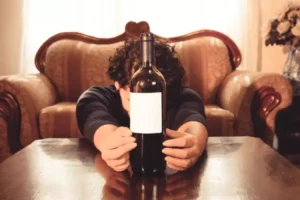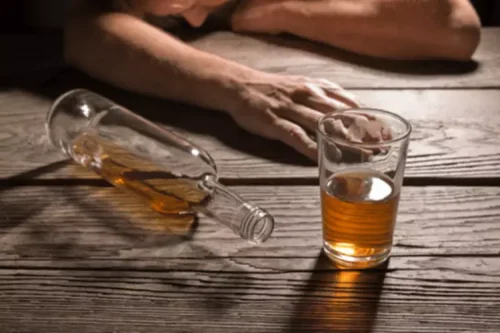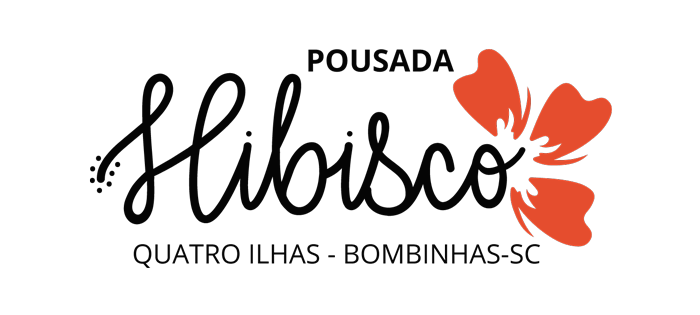Alcohol and Drug Abuse Statistics Facts About Addiction

These rates are similar to those undergoing treatment for other chronic conditions, like asthma and hypertension. If you’re battling alcohol addiction, these alcohol relapse statistics can be discouraging. Yet, AUD’s chronic nature means that relapse may be part of your ultimate process of getting clean or moderating your alcohol intake.

How To Qualify For Inpatient Physical Rehab?

Two important related issues involve identification of predictors of short-term remission and subsequent relapse among remitted individuals, and specification of differential predictors of remission and relapse for treated versus untreated individuals. The current research had important contributions to the CARAES Ndera Neuropsychiatric Hospital and especially IPC that tend to focus on patients with SUD treatments. It can be also a baseline for other researchers who want to contribute in prevention of relapse among patients with SUD.
Impact of Professional Treatment on Relapse Rates
- Mental health issues such as depression and anxiety play a significant role in alcohol relapses.
- When people enter treatment, addiction has often caused serious consequences in their lives, possibly disrupting their health and how they function in their family lives, at work, and in the community.
- The chronic nature of addiction means that for some people relapse, or a return to drug use after an attempt to stop, can be part of the process, but newer treatments are designed to help with relapse prevention.
- If you or a loved one has relapsed—or you’re simply ready to learn more about your options—AAC can help.
A CARF-accredited facility demonstrates high-quality programming and treatment that is tailored to the individual. Alcohol detox medications, including benzodiazepines, disulfiram, naltrexone, and acamprosate, play a crucial role in managing withdrawal symptoms, supporting sobriety, and ensuring Alcohol Relapse a safe detox process under medical supervision. Inpatient physical rehabilitation costs vary based on factors like the severity of the condition, program duration, and facility location, with insurance coverage and financial assistance options playing a crucial role in managing expenses.
Integrated Mental Health Services
Assessment of help-seekers’ motivation and readiness for change may help target high-risk individuals for interventions to enhance and maintain participation in treatment [57]. In addition, identification of risk factors for relapse after either treated or untreated remission can help providers target tertiary prevention efforts. The 62% remission rate in the helped sample is comparable https://ecosoberhouse.com/ to the 57% that Haver, Dahlgren & Willander [49] found among initially untreated women with alcohol use disorders, but is somewhat higher than the 20–50% rate shown typically in treated samples [1,2]. This finding probably reflects the fact that our sample was composed of individuals who had never been in treatment before and were at a relatively early stage in their alcoholism careers.

- Our findings on the benefits of relatively rapid entry into treatment and/or AA support the value of strengthening the referral process for individuals who recognize their alcohol problems and initiate help-seeking.
- In summary, alcohol relapse statistics reveal the complex nature of addiction recovery and highlight the importance of a comprehensive approach to treatment.
- Behavioral therapies help people in drug addiction treatment modify their attitudes and behaviors related to drug use.
- Building new, healthy habits helps individuals remain sober and enjoy a higher quality of life.
- However, it’s important to assess the relapse and identify things you can change or adapt to prevent a similar experience in the future.
- Specifically, the percentage of alcoholics who relapse is highest within the first three months of treatment, according to the National Institute on Alcohol Abuse and Alcoholism.
Even if you were buying the cheapest alcohol, sobriety could still save you a lot of money. You could be spending an average of $200 to $300 a month on alcohol if you drank alcohol every day. Take our short alcohol quiz to learn where you fall on the drinking spectrum and if you might benefit from quitting or cutting back on alcohol.

Individuals who entered the study had an alcohol use disorder, as determined by one or more substance use problems, dependence symptoms, drinking to intoxication in the past month and/or perception of alcohol abuse as a significant problem. These results are consistent to the previous studies that indicated that the average time from abstinence to relapse varies from 4 to 32 days for tobacco, alcohol, and opiates [2, 5, 11, 33]. They are also supported by the prior studies that showed that substance use following treatment typically is higher up to more than 75 % in the 3-6-month period following treatment [30, 34].
- Using data from the 2021 National Survey on Drug Use and Health (NSDUH), this report shows that 70 million adults aged 18 or older perceived that they ever had a substance use and/or mental health problem.
- By checking the medical records, the relapse cases were mentioned after finding the positive results from the urine, blood and alcohol tests.
- The general relapse rates for substance use disorders in the United States range from 40% to 60%.
- However, these studies focused primarily on general population or media-recruited samples; that is, on individuals who had not initiated help-seeking and who may have had less severe and as yet unrecognized problems [5,6].
An overdose happens when the person uses enough of a drug to produce uncomfortable feelings, life-threatening symptoms, or death. Finding the right facility for you involves the inclusion of a physician, therapist, or other healthcare provider to help you choose a facility to address all of your needs, including addiction and co-occurring disorders. Beyond that, you may narrow the field based on location, additional services, amenities, and accreditations and certifications. After completing the recommended treatment plan, it’s important to have a game plan to help maintain a new sober lifestyle. While individuals may return to work, school, and other activities, they need to surround themselves with a support system of family, friends, treatment alumni, and mentors who will encourage and promote healthy lifestyle choices and distractions. Involving family members in the recovery process has been shown to improve success rates by up to 50%.

Obviously, if someone is under the influence of alcohol, opioids or other drugs, the visible effects of those drugs are pretty good indicators for relapse. However, it’s important to keep in mind that many people with substance use disorders are exceptionally good at hiding their use from those around them. Recovery from alcohol addiction is a challenging journey, but it is achievable with the right support and strategies. Understanding the alcohol relapse rate and knowing how many alcoholics relapse can help in implementing effective prevention plans, which can significantly increase the chances of long-term sobriety. Camelback Recovery’s dedicated team is committed to offering the necessary support to prevent alcohol relapse and encourage a successful recovery.
These findings held for individuals who initially obtained help and for those who did not. Addressing the nation’s mental health crisis and drug overdose epidemic are core pillars of the Biden-Harris Administration’s Unity Agenda. These investments enabled the expansion of lifesaving prevention, treatment, and recovery services and supports in communities throughout the country, including the transition to the 988 Suicide & Crisis Lifeline in July 2022. Research on the science of addiction and the treatment of substance use disorders has led to the development of research-based methods that help people to stop using drugs and resume productive lives, also known as being in recovery. If you are struggling with addiction to alcohol or drugs, substance use treatment can help.






